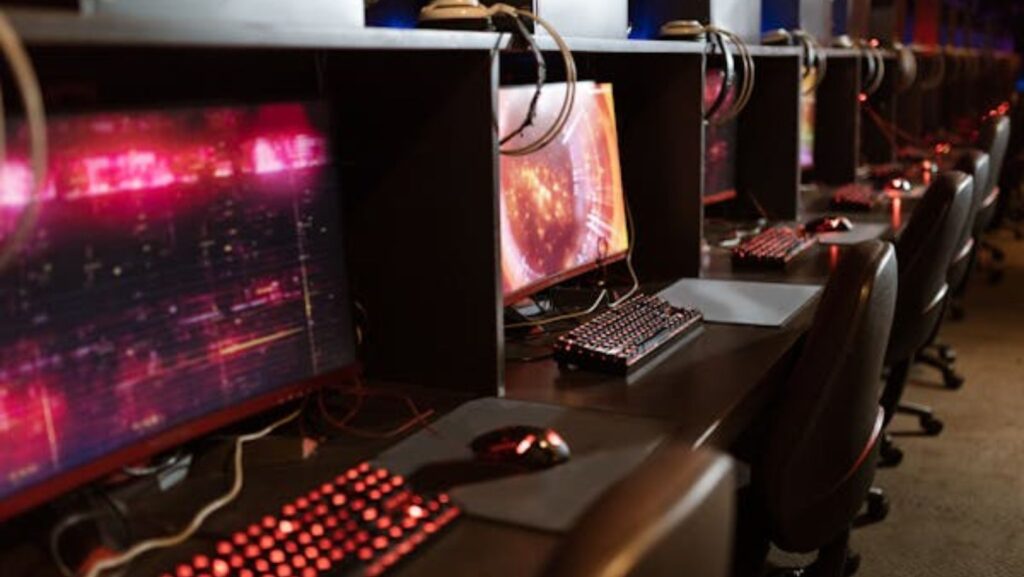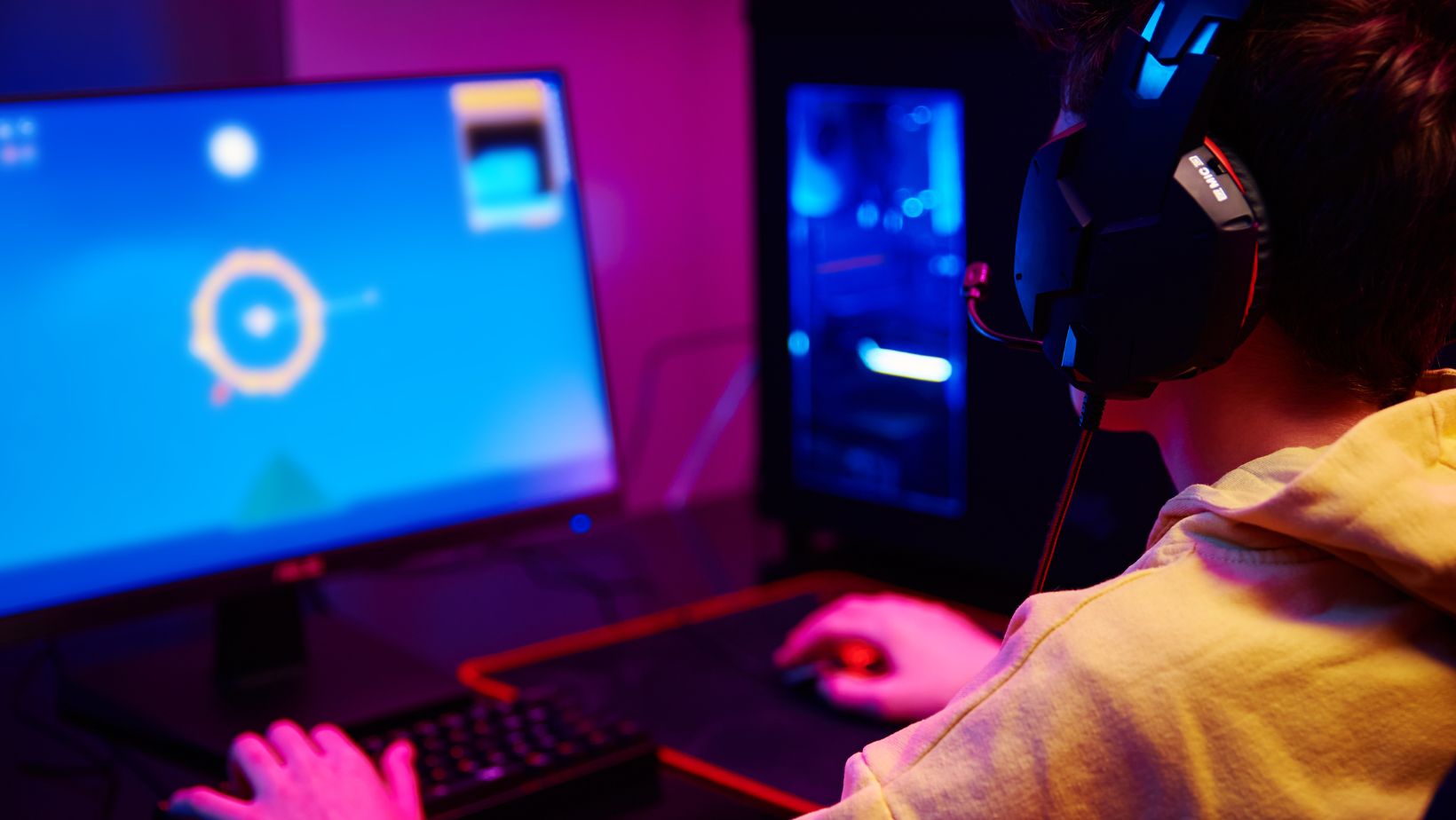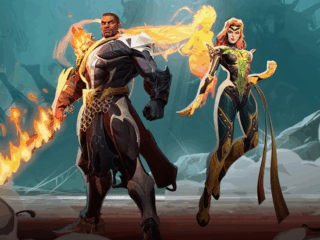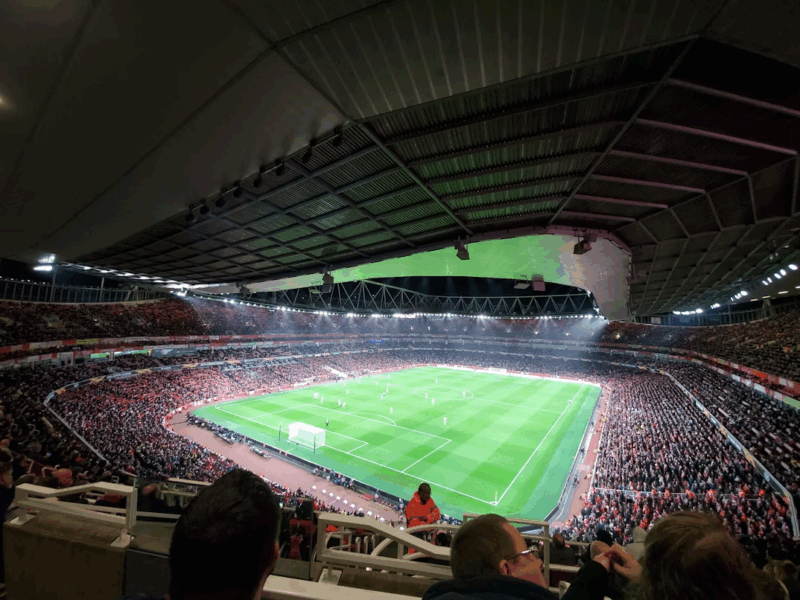
The Cross-Border Coliseum
Picture this: it’s midnight in Berlin, and the neon reflections of an e-sports café dance in the window. Simultaneously, a Parisian squad prepares for a late-night scrim, while Lisbon-based gamers tune into a Twitch stream, cheering on a Spanish team in the latest Rocket League showdown. Borders, languages, and time zones dissolve in Europe’s burgeoning e-sports arena.
This pan-continental synergy has given birth to rosters that blend Danish sharpshooters, French shot-callers, and Polish support players. Look at organizations like G2 Esports, which often fields multi-national lineups in games like League of Legends and CS:GO. What was once a niche pursuit for LAN-party enthusiasts is now a cross-border phenomenon, uniting Europe’s big cities in a shared virtual coliseum.
The E-Sports Renaissance
Step into an e-sports arena in Katowice or Copenhagen, and you’ll feel the energy of a rock concert: swirling lights, booming beats, and rowdy fans. These events are no longer side shows; they’re major spectacles drawing massive crowds and prize pools. Poland’s IEM Katowice has become one of the most prestigious Counter-Strike: Global Offensive tournaments, with top European teams like FaZe Clan and Natus Vincere battling for trophies that rival traditional sports accolades.
This renaissance is also seen in Astralis, a legendary Danish CS:GO team that secured multiple Major titles and cemented Europe’s reputation for tactical brilliance. Far from underground gatherings, these competitions now enjoy full media coverage. With sponsorship deals and broadcast partnerships, e-sports has anchored itself as a staple in European pop culture.
The Underdogs Turn Titan
Imagine a small club from a remote Norwegian town or an upstart squad from Greece. Without the resources of major e-sports orgs, they rely on raw talent and a fierce will to win. Yet time and again, we see underdog tales blossom into something extraordinary. Team SMPR Esports (UK-based) made waves in Rocket League, while Alliance began humbly in Dota 2 but rocketed to success, snatching The International title in 2013 and making Europe proud.
Even in StarCraft II, Europe’s underdogs have risen as giants—Finnish player Serral famously toppled Korean dominance by winning the WCS Global Finals, proving that a small nation can produce a world champion. These upsets remind everyone that the European e-sports ecosystem thrives on the possibility of a surprise run.
The Infrastructure Push
Behind each success story stands a supportive framework. From local city councils funding gaming hubs in Sweden to brand-new e-sports facilities in Italy, Europe invests heavily in cultivating digital talent. Countries like Germany host big events such as Gamescom, doubling as major e-sports showcases. Meanwhile, the Nordic region’s strong internet infrastructure fosters top-tier practice environments for teams seeking the best scrim conditions.

Corporate interest is evident too. Telecom giants sponsor tournaments, fashion brands collaborate with star players, and companies like ESL (based in Cologne) organize cross-continental leagues. This synergy of civic backing and private investment leads to bigger prize pools and more robust training regimens. With better coaching, health programs, and stable salaries, Europe’s digital warriors are equipped to challenge any global competitor.
The Cultural Melting Pot
Spend time on a European e-sports Twitch chat, and you’ll encounter half a dozen languages jostling in real-time. British fans root for a French mid-laner on a German org; a Spanish star competes alongside a Swedish jungler in the LEC. Look at Fnatic, historically blending players from the UK, France, and beyond. The uniting factor? The love of competition and the synergy that emerges when language barriers crumble in the face of a shared strategy.
Communities across Europe celebrate this fusion. Locals welcome cross-border rosters with open arms, forging fan bases that reflect their multi-national squads.

At gaming festivals—from DreamHack in Sweden to Paris Games Week—you see fans wearing jerseys from half a dozen EU orgs, reveling in the cultural tapestry unique to European e-sports.
The Road Ahead
What does the future hold for Europe’s digital warriors? Expect them to keep pushing boundaries, embracing fresh formats like Valorant—where teams such as Team Liquid and Fnatic have already begun racking up trophies. Expect more national federations to jump aboard, launching youth programs and e-sports academies. And anticipate new game genres stepping into the competitive spotlight, with European squads at the forefront.
Of course, the question lingers: Will Europe’s cross-border collaboration remain its hallmark? Judging by the unstoppable rise of multi-national lineups—and the fans who cheer them on across different languages—the answer is a resounding “yes.” Europe’s gamers have found that uniting under one banner only amplifies their presence on the world stage.
For more insights into the world of e-sports and its rich history, visit ESPN Esports. If you’re ready to dive into the world of online casinos, check out an online casino for an exciting gaming experience.







